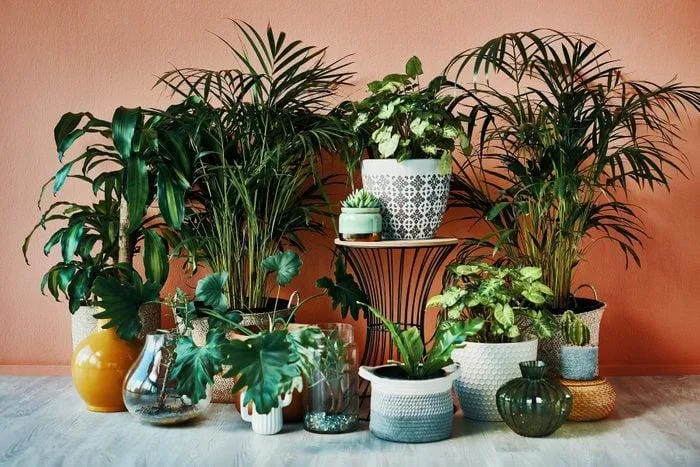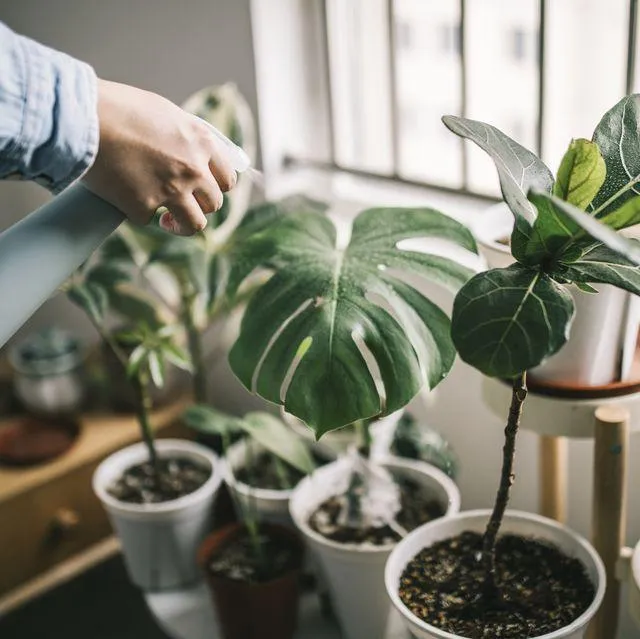
Plants Perfect for Growing Indoors: A Guide to Low Light Houseplants
Plants Perfect for Growing Indoors: Your Complete Guide
If you’re looking for green, living additions to brighten up your indoor spaces but don’t have a yard, don’t worry – there are many beautiful plants that thrive when grown inside. From my experience as an avid indoor gardener, selecting plants adapted to indoor conditions is key. In this article, I’ll cover the top types of plants suited for indoor growing, along with care tips to help you achieve gardening success without stepping outside.
Plants That Thrive in Low Light
- Pothos – This hardy vine is practically impossible to kill. Pothos tolerates low light and irregular watering beautifully. Its trailing leaves come in various colors like green, golden, or variegated.
- Snake plant – With long, stiff leaves in shades of green and white, snake plants are legendary for thriving with neglect. Their tall stalks add elegance to any room, even in very dim light.
- Chinese evergreen – This peperomia has beautiful foliage ranging from green to red depending on the variety. It grows well in medium to low light and is drought tolerant once established.
From my experience, the above plants are pretty much foolproof for brightening darker spaces in your home. They don’t mind if you sometimes forget to water them for a week! Their low-light tolerance makes them ideal for offices, bathrooms, hallways and other areas where sunshine is limited.
Easy Care Plants for Average Light
If you have a window that gets morning or afternoon sun, you have many more options. Here are some top choices:

- ZZ plant – With its thick, waxy leaves that come in varying shades of green, the zz plant is extremely drought tolerant once established. Its tall stems add structured visual appeal.
- Philodendron – Heartleaf and brasil philodendron vines thrive in medium light. They grow quickly into beautiful hanging baskets with heart or arrowhead shaped leaves.
- Peace lily – The white blooms and dark green leaves of peace lilies brighten any room. They flower most when given plenty of indirect sunlight and warned when their soil completely dries out.
- Spider plant – These are like weeds – they spread quickly! Spider plants come in variegated green and white varieties. Their small leaflets and baby plantlets make them appear to be “spiders” crawling on stems.
In my experience, the above plants are very forgiving as long as they receive adequate lighting. They make lovely, low-maintenance additions for living rooms, kitchens and other spots receiving part-day sun. Water them when the top soil begins to feel dry.
Plants That Love Bright Indirect Light
If you have an east, south or west-facing window, you can grow more sun-loving plants that add colors and textures. Some top picks are:
- Dieffenbachia – With its bold, tropical leaves in shades of green marked by cream or yellow, dieffenbachia is toxic to pets but makes a dramatic indoor statement plant.
- Purple waffle plant – This beauty has heart-shaped green leaves dusted with purple on top. It’s not too fussy about moisture as long as its soil drains well.
- Rubber plant – Featuring thick, shiny dark green leaves with reddish stems, rubber plants give a luxurious touch. They prefer somewhat drier soil between waterings.
- African violet – These cute plants produce colorful blooms in shades of pink, red, white and blue atop tufts of velvety green leaves. Use a well-draining potting mix and water only when dry.
In my experience, these sun-loving plants provide stunning color and tropical flair for your living space. Give them partial sun and keep soil moist but not soggy for best growth. Rotate plants occasionally for even coloring.

Some minor factors like temperature, humidity and fertilizing can also influence plant health. But overall, selecting from the categories above like low-light, medium-light or bright-light plants is basically the key to success when growing indoors. With basic care tailored to the plant type, you’re almost guaranteed to be growing happy houseplants in no time!
Let me know if you have any other plant questions. I’d be happy to share more of my indoor gardening experiences and tips to help you choose plants that match your growing conditions. With a little TLC, plants can seriously enhance your home’s atmosphere – and may even help clear the air!
Plants That Grow Well Indoors
| Plant | Light Needs | Watering | Size |
|---|---|---|---|
| Pothos | Low | Allow soil to dry between waterings | Trailing vines up to 6 feet |
| Snake plant | Low | Water when top inch of soil is dry | Up to 3 feet tall |
| Spider plant | Medium | Allow soil to dry before watering | Up to 2 feet tall with trailing foliage |
| ZZ plant | Low to medium | Water when top inch of soil is dry | Up to 4 feet tall |
| Peace lily | Medium | Water when top inch of soil is dry | Up to 2 feet tall |
FAQ
-
What kinds of plants can grow indoors?
There are many different types of plants that will thrive inside your home. Popular houseplants include pothos, snake plant,ZZ plant, peace lily, english ivy and chinese evergreen. Basically any plant that doesn’t need a ton of direct sunlight can grow indoors.

-
How do I care for indoor plants?
To care for indoor plants, water them when the soil becomes lightly dry. Make sure the drainage holes in the pot aren’t blocked so excess water can escape. You may also need to mist some plants. Provide bright, indirect light which is found near windows. At the same time, be careful not to place plants too close to direct sun or they may burn. Occasionally rotate plants so all sides receive equal light. Once a month during the growing season, indoor plants will appreciate a dilute fertilizer in their water. Proper care makes for happy, healthy houseplants!
-
What type of light do indoor plants need?
Most indoor plants thrive on bright, indirect natural light from an east or west-facing window. Direct southern sunlight may be too much for some. Artificial grow lights can also work well for plants that demand more light. However, fluorescent and LED bulbs must be very close to the foliage for best results. No plant can survive in dark corners or under low-light houseplants. Match the plant to the light conditions available. Trial and error will reveal what grows best in your indoor spaces.
-
Do indoor plants improve air quality?
Yes indeed! Recent studies find some common houseplants are quite good at removing chemicals like formaldehyde, benzene and trichloroethylene from indoor air. Plants such as english ivy, bamboo palm and spider plant do an amazing job of absorbing toxins through their leaves. In one NASA experiment, these 3 species helped clean mold mold spores from the air as well! Who knew our green pets could serve as natural air purifiers too. So maybe put a few plants in your bedroom for better sleep breathing!

-
What pests affect indoor plants?
The most typical pests plaguing houseplants are spider mites, scale insects and mealybugs. Aphids and whiteflies may attack as well. Signs of an infestation include damaged or yellowing leaves,fine webbing or tiny round bumps on stems and foliage. To treat, isolate the plant and wash pests away with a gentle spray of water. Neem oil or insecticidal soap also work well as natural remedies. Prevent pests by regularly checking plants and immediately isolating any that appear afflicted before the problem spreads. A little TLC goes a long way.
-
Why do some of my indoor plants drop leaves?
There can be several explanations for why indoor plants suddenly lose foliage. Overwatering is a common issue as wet soil roots can easily rot. Underwatering applies too of course – a dry plant may shed leaves as a drought response. Temperature or humidity levels away from the plant’s preferences may bewilder it as well. Pests and disease can induce leaf drop. Changing the location could also be a shock. Overall lack of light is another factor. Try adjusting watering, sunlight, airflow or fertilizing to discover what lifestyle change your prickly pal prefers. With a little tinkering, it may bounce back fast!
-
What can I do with plants that are no longer wanted?
If an indoor plant has outgrown its spot or you lose interest, several green options exist rather than simply tossing it. You may gift the plant to someone else hoping they bring it new life. Local charities sometimes accept plant donations. Another choice is selling plants in a yard sale to find them a new home. As a last resort, composting plant material assists the natural cycle. Why not check if a neighborhood community garden wants plant cuttings too? With a bit of creativity, unwanted greenery need not go to waste.